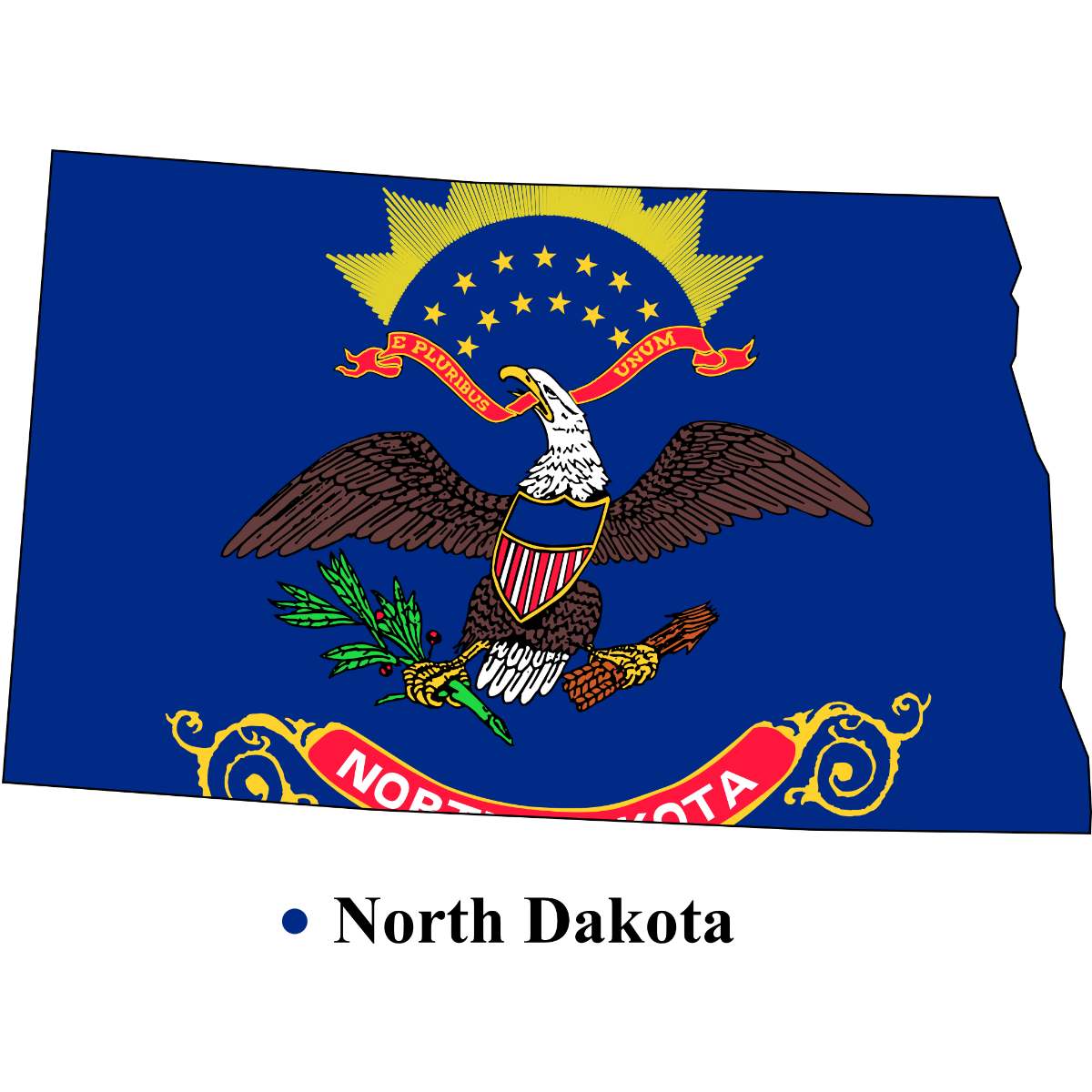Direct answer: No, North Dakota does not currently have a Zero Emission Vehicle (ZEV) mandate.
As an enthusiastic advocate for clean energy and green policies, I’ve researched extensively into the ZEV programs across the United States. It’s evident that while states like California lead the charge with stringent ZEV mandates and sales requirements, North Dakota’s electric vehicle policies don’t quite match up yet.
Acknowledging your concern about North Dakota’s stance on this crucial environmental responsibility, this article aims to shed light on why this might be the case – from its existing fleet electrification law (HB 1044) to the low rate of electric vehicle ownership in the state.
For those invested in North Dakota’s journey towards embracing cleaner energy alternatives, you’re in good hands. Let’s delve into understanding how far along we are and what needs to change for progress with green energy policy in our home state.

Key Takeaways
| 1 | North Dakota does not currently have a Zero Emission Vehicle (ZEV) mandate. |
| 2 | The state has made some progress toward supporting electric vehicles through infrastructure plans and vehicle replacement initiatives, but there is not a specific ZEV mandate or sales requirement in place. In 2019, HB 1044 was signed into law, which mandates state fleet electrification, but it doesn’t specifically target zero-emission vehicles. |
| 3 | North Dakota is reported as one of the states with the lowest percentages of electric vehicle ownership in the United States. |
Understanding the ZEV Mandate and Its Absence in North Dakota
The Zero Emission Vehicle (ZEV) mandate, a policy enacted in several US states, requires automakers to sell a certain percentage of electric or other zero-emission vehicles.
While this mandate has been instrumental in driving the adoption of cleaner vehicles and reducing greenhouse gas emissions in states such as California, North Dakota does not currently have a ZEV mandate.
The absence of a ZEV program in North Dakota is notable given the state’s potential to benefit from cleaner transportation solutions.
Despite not having an explicit North Dakota electric vehicle mandate, it doesn’t mean that the state is entirely disregarding sustainable practices. In fact, there are other initiatives aimed at promoting cleaner energy and reducing carbon emissions.
While some might question why there are no specific ZEV requirements in North Dakota, it’s important to note that each state has its unique set of circumstances, resources, and policy priorities.
Although there isn’t an explicit ZEV program like such as there is in California, efforts are still being made towards sustainability through different strategies.
The Progress Toward Supporting Electric Vehicles in North Dakota
Despite lacking a formalized ZEV program, progress has been made toward supporting electric vehicles (EVs) in North Dakota through various infrastructure plans and vehicle replacement initiatives. It’s fair to say that while there isn’t an outright focus on ZEVs specifically, broader EV policies are apparent throughout the state.
For example, The Volkswagen Environmental Mitigation Trust allocated funds towards creating charging infrastructure for electric vehicles across North Dakota which shows commitment towards green energy. This complimentary policy encourages EV adoption even without strict mandates or standards being enforced.
It’s worth noting that progress towards implementing more comprehensive EV policies can be slow due to political climates and resource allocation issues.
HB 1044: A Look at North Dakota’s Fleet Electrification Law
In 2019, HB 1044 was signed into law – one noteworthy step towards embracing clean energy solutions. This law mandates fleet electrification within the state’s government agencies but doesn’t specifically target zero-emission vehicles.
While HB 1044 may not directly enforce zero-emissions requirements like some other states’ policies do – it nevertheless demonstrates recognition of environmental concerns by focusing on transitioning traditional fleets into electric ones which is an integral aspect of any successful green energy policy.
Mandating fleet electrification can indirectly support increased ownership rates for non-fleet consumers by bolstering charging infrastructure development – a key barrier for many potential EV owners.
Exploring the Low Rates of Electric Vehicle Ownership in North Dakota
Despite these efforts toward fleet electrification and developing charging infrastructure, it is reported that North Dakota has one of the lowest percentages of electric vehicle ownership across the United States.
This statistic could be attributed to several factors including lack of consumer awareness about EV benefits or financial incentives compared with traditional cars. Furthermore absence of strict low-emission vehicle regulations might also play role here while many consumers rely on guidelines set forth by their local government when making purchase decisions.
Increasing public knowledge about benefits associated with driving an EV – from lower maintenance costs to reduced emissions – along with enforcement stricter regulations could help boost adoption rates over time.
Conclusion
Despite efforts to support electrification, North Dakota has yet to enforce a specific Zero Emission Vehicle (ZEV) mandate, resulting in one of the country’s lowest rates of electric vehicle ownership. The state aims for progress through infrastructure plans and initiatives such as HB 1044, but still falls behind others that have successfully implemented ZEV sales requirements.
- Tesla Charger Installation Cost (Home Setups) - March 1, 2024
- Tesla Phone Key Disconnected (Troubleshooting Guide and Quick Fixes) - March 1, 2024
- Tesla FSD 12 (Explained) - March 1, 2024